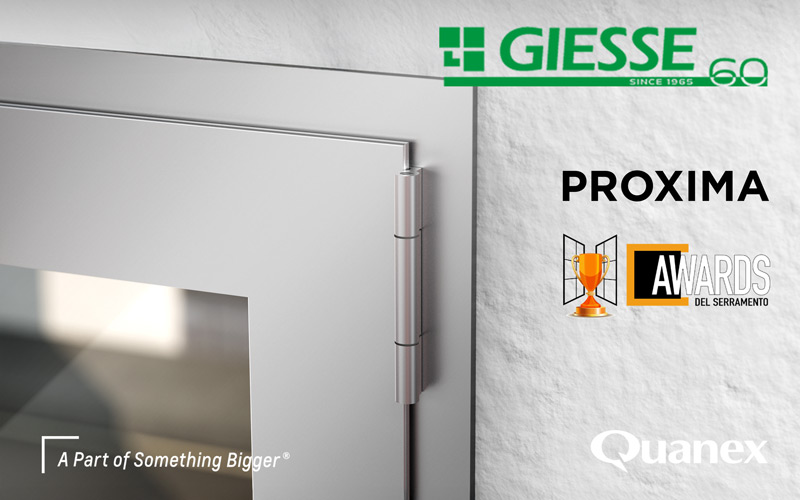What’s aluminium?
Aluminium is a silver-coloured, ductile metal obtained from bauxite ore. It is a chemical element, represented by the symbol Al and by atomic number 13. It is a key element for the global economy due to its suitability for use in countless fields.
Why is aluminium so widely used?
Aluminium is an extremely versatile material: strong but lightweight, resistant but malleable, eco-friendly, with an exceptional design aesthetic. Its properties make it the material of the future but also the material of today; it can even be found in the computer or mobile device you are using now to read this article.
And it is precisely thanks to this ability to adapt that aluminium is used in many industries, proving a particular favourite with designers, who appreciate its flexibility, making it easy to literally “bend” into any shape imaginable. The areas in which it can be used are literally endless: construction, transportation, aerospace, electrical appliances, electronics and packaging are only a few examples.
The practically infinite recycling potential of aluminium makes it a very convenient material that is easy on both the environment and the pocket. Indeed, recycled, or secondary aluminium retains the same properties as primary aluminium, but at a fraction of the original production costs for the bauxite extraction process and the energy used in the fusion process. This is why aluminium has always been used extensively in all industrial sectors. In fact 75% of the aluminium produced to date is effectively still in circulation.
Why is aluminium better than other materials?
In addition to being 100% recyclable and totally “green”, aluminium offers a variety of other advantages compared with other materials:
- It weighs three times less than steel and iron and is more resistant than plastic. When combined with certain alloys, it can also exceed the resistance of steel.
- Aluminium is extremely hard-wearing. When exposed to the air, it is covered in a thin layer of oxidation known as passivation film which prevents oxygen from transferring to the underlying aluminium. Anodising or painting extends its durability, including in aggressive environments such as the sea bed, and even without much maintenance.
- Aluminium can practically take on any shape imagined by designers, architects and engineers. Its malleability offers infinite possibilities for its use in many industrial sectors.
Its weight-resistance ratio, remarkable durability and exceptional versatility all combine to help make it the best material by far for use in the construction field.

